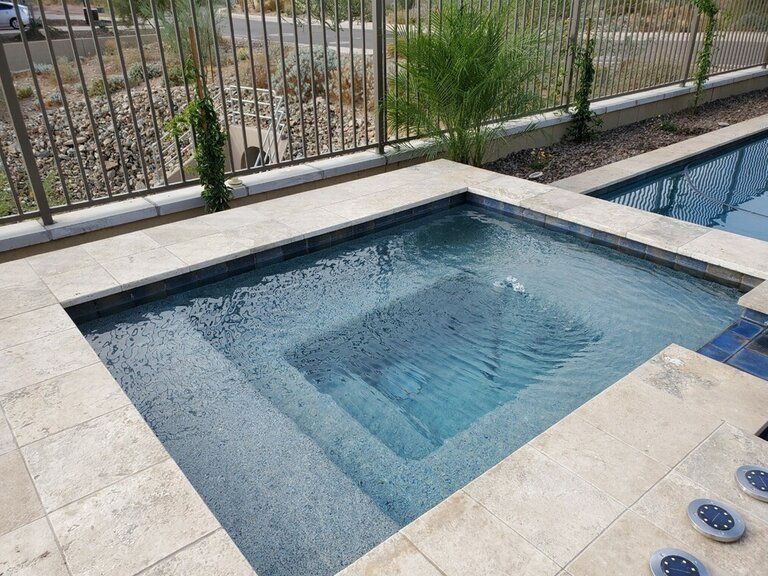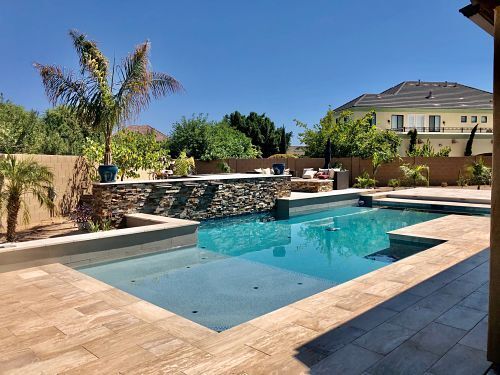How To Correct Bad pH Balance?
Correcting bad pH balance
Pool maintenance is vital in keeping a good and healthy swimming pool that can last for long years. Most pool owners know it, and that is why they are willing to hire someone to take that responsibility every week. It is not just extending its lifespan but also keeping everyone safe whenever they swim in the pool.
One way of maintaining a good water condition is to put chlorine into the water. And because we want it to be extra clean, we try to add too much chlorine. Well, it is not something that only homeowners mistakenly do. In fact, public swimming pools have done it as well. But since it is a chemical, have you ever questioned yourself if is it dangerous for us? If it is, how can we fix it?

Why is putting too much chlorine dangerous? Chlorine is essential in cleaning our pool, but having too much of it is dangerous to everyone exposed to it. High levels of chlorine can cause irritation of the eyes, lungs, and skin. And chlorine poisoning which shows symptoms of red blistered skin, burning (nose, throat, and eyes), coughing that leads to difficulty of breathing, nausea, and vomiting.
It is not only your health is in danger, but also your pool. A high level of chlorine can make the water acidic because it reduces its pH. Having acidic water can affect the pool’s equipment, metal piping, accessories, and its surface.
Correcting bad pH balance by lowering the chlorine in the pool
Before fixing the pH balance, check the scale level of the chemicals. If the level of chlorine is higher than normal, then you need to stop using the pool for an hour or so until the level becomes normal. And if the chlorine level is too high, you need to do something more. Here are the options that you can follow:
Option 1 - Stop putting chlorine. Turn off the feeder or the chlorinator if you have any. And also remove those tablets or floaters in the skimmer if you are using those.
Option 2 - Put some neutralizing chemicals. A chlorine neutralizing chemical is a quick fix for lowering the chlorine level. Sodium Sulfite and Sodium Thiosulfate are the most common ones.
Option 3 - Let the sun shine in! The sun’s ultra-violet ray is the natural way of lessening up its chlorine level, so uncover your pool for hours and let the sunshine in!
Option 4 - Replace the water. If you choose this option, make sure to test all of the levels of alkalinity, calcium hardness, pH, and other chemicals to achieve great results.
You might also like
Las Vegas Leak Detectors Blog
Book a Service Today
We will get back to you as soon as possible
Please try again later
